Yates Account
Join now
Create a Yates account today!
Sign up to join the Yates Garden Club for monthly e-mails packed with seasonal inspiration, tips for success & exclusive promotions.
Plus if you’re a Garden Club member you can take part in the Yates Growing Community - a blog to share successes, get advice & win prizes in fun challenges along the way!

Forgot password
Enter the email address associated with your account, and we'll email you a new password.
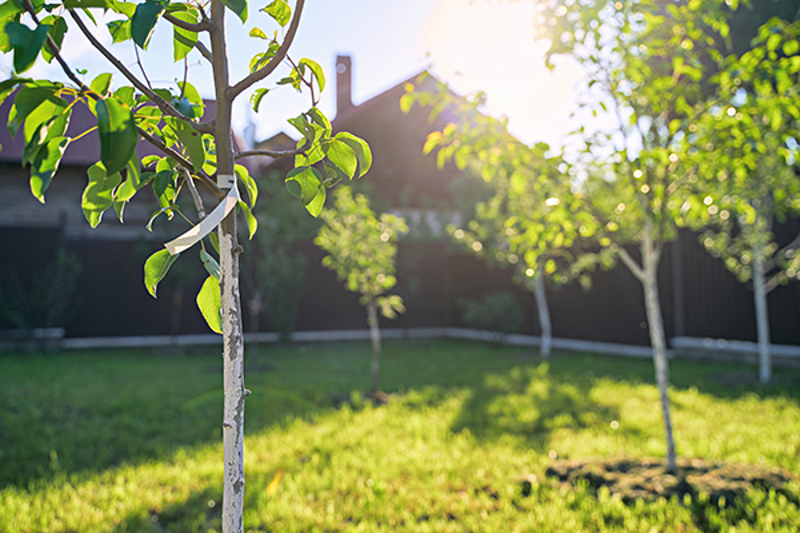
Choosing Apple and Pear Trees
Autumn is a great time to research and choose a new pipfruit tree, as you’ll usually need to pre-order them from a nursery to get the variety of your choice. Usually, nurseries will have stock available to pick up from mid-winter. It’s worth spending time to decide, because an apple or pear tree is an investment in the future; nurture it in its early years and it will reward you with fruit for generations!
When you start to look, choosing the right variety can seem complicated, but there are a few key considerations to help simplify the process. Here are some steps to guide you:
- Think about your climate zone: some varieties thrive in the coolest areas of the country, while some are better in warmer Northern climes. Your nursery will be able to recommend which varieties are a good match with your area.
- Consider the size of your tree: apple and pear trees come in a variety of sizes, from dwarf trees that can be grown in large pots, all the way up to large 5m tall trees that need a lot of space around them. Check the fully-grown height of the variety and visualise it in your space to make sure it’ll be a good fit.
- Almost all pipfruit trees will be grafted on to rootstock. Because the rootstock controls how large the tree can grow, there’s a coding system that tells you the mature size of the tree you’re looking at – examples are M9 (dwarf apples), Quince C (dwarf pears), M27 (extra-dwarf petite apples for pots) or MM111 (large home orchard-sized tree). Your nursery can advise which code you need to go for, to fit your intended space.
- Determine your purpose: do you want fruit for eating, cooking, or both? Different varieties have different taste and textures, e.g., tart and soft varieties are better for cooking while sweet and crisp are better for eating.
- Consider pollination: some varieties are self-pollinating, but most require cross-pollination with a different variety to produce fruit. Basically, this means you’ll need a companion tree close to your planting spot. Because different varieties flower at different times of the year, to plant compatible trees for pollination they need to be in flower at the same time. Your nursery can guide you to a good match. The good news is there’s a sneaky trick to get away with a single tree; you can choose a double-grafted (or multi-grafted) tree, with more than one variety sharing the same rootstock.
- Consider the flavour profile: different varieties have different tastes and textures, ranging from tart to sweet or firm to soft. This is where home-grown fruits really have an advantage; commercial varieties are chosen with transportability and storage in mind, whereas at home you can just focus on the taste.
- Research heirloom or heritage varieties: consider clones from varieties that have been cultivated in your area for generations. These varieties often have unique flavour profiles that you can't find anywhere else.
By taking these factors into consideration, you can choose an apple or pear tree that will thrive in your local climate and provide delightful fruit for years to come.
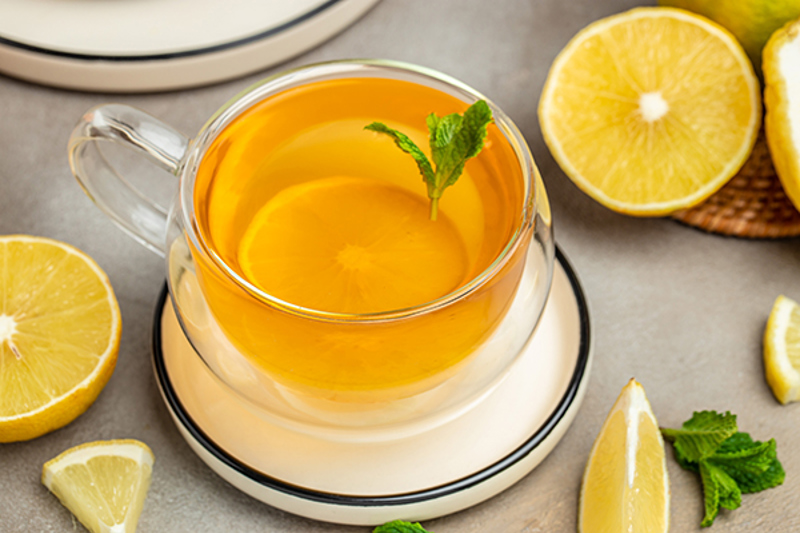
The Story of Earl Grey and the Secret Tea Ingredient
There's some controversy surrounding Earl Grey tea and how it came to be named after (The Rt Hon) Earl Charles Grey, who was the British Prime Minister from 1830 – 1834.
There are varying stories: that the tea recipe was blended as a symbol of gratitude to Earl Grey for one of his staff saving a Chinese gentleman’s son (Charles Grey never travelled to China, so this seems a bit fanciful), that it was blended to suit the quality of the Northumberland water where the Earl Grey had his country house, or more prosaically, that it was created by London tea merchants and sneakily named 'Earl Grey' to make it sound posh.
Whatever the real story, Earl Grey tea combines bergamot orange (Citrus bergamia) with black tea, to give it its distinctive flavour and aroma.
Many modern-day Earl Grey blends use bergamot flavouring or essential oil, but you can also make your own wonderfully fragrant Earl Grey tea in the spirit of the original, by using the intensely flavoured dried rinds of bergamot oranges.
So, if you’re a lover of Earl Grey tea (or you'd like to make a-maz-ing bergamot orange marmalade), then it’s time to grow your own bergamot orange tree!
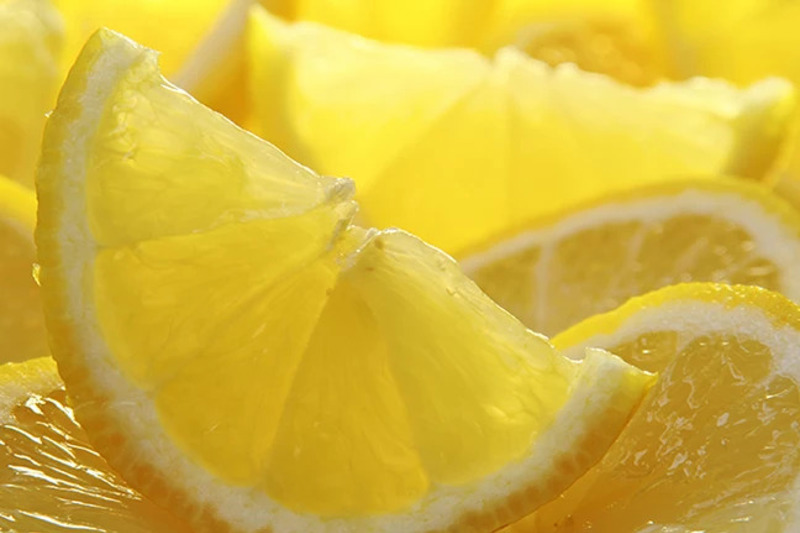
Bergamot orange trees are vigorous growers and can reach 5m tall, though they can be kept smaller by pruning. They’re hardy trees that need well drained soil and a full sun position, that receives at least 6 hours of sunshine a day.
The fruit, which has skin the colour of lemons or limes, ripens during winter and early spring and is very acidic. Its tart juice can be used as a replacement for lemons.
When planting a new bergamot orange tree (or any citrus tree), improve the soil in the planting hole by mixing in some Yates Thrive Natural Blood Bone with Seaweed.
Yates Thrive Natural Blood & Bone contains rich organic matter to improve the quality of the soil. It's a natural source of slow release nutrients and NZ seaweed, to help promote good early root growth. Water the new tree in well after planting.
In spring, start feeding each week with Yates Thrive Citrus Liquid Plant Food to encourage healthy leaf growth, a strong root system and lots of flowers and deliciously fragrant oranges.
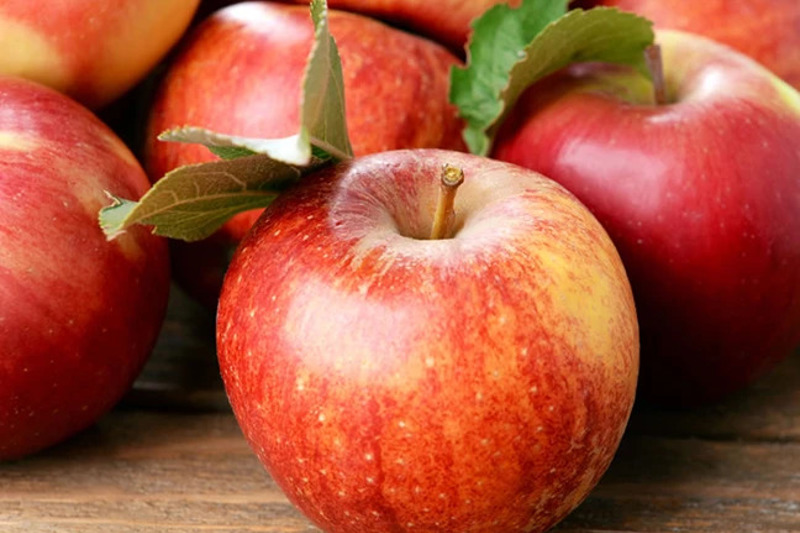
Small Space Apples
If you don’t have a big backyard, picking your own apples isn't an impossible dream. Apples can grow in pots! There are lots of varieties of apples that can grow in a sunny spot, in tight spaces. If planted in a generously-sized pot, home grown apples can be more attainable than you think.
You can choose purpose-bred dwarf varieties that are tasty and excellent producers. Also, a lot of standard apple varieties are available grafted onto dwarfing rootstock, which produces a beautifully productive, healthy tree, but prevents it getting too big (grafted apples can top out as low as 2m tall. A graduated range of rootstock is available to precisely control the mature tree size).
Alternatively, ‘Ballerina®’ apples are ‘columnar’, with a distinctive slim upright habit, making them ideal for tight, narrow spaces. Ballerina ‘Polka’ grows to around 3m tall but only 60cm wide (a little smaller if grown in a pot). It has medium sized round fruit, with green skin that develops red areas where exposed to the sun. The apples are crisp, juicy and delicious when eaten straight from the tree. They can also be used for cooking and drying. In spring the tree is smothered in very pretty white and pink flowers, which bees adore, and produces fruit on spurs close to the main trunk. ‘Polka’ will need a pollinator to ensure the best possible fruit set. Other compact apples such as Ballerina ‘Waltz’ and ‘Bolero’ are also ideal for tight spaces. Look out for the Waimea Nurseries Ballerina range of apples in your local nursery this winter.
When planting apples in the ground, mix a handful of Yates Dynamic Lifter Organic Plant Food into the bottom of the planting hole.
This not only helps to improve the soil’s water and nutrient holding capacity and structure, but also provides the apple tree with gentle, slow release organic nutrients as it establishes.
For all container grown apples, choose a good quality potting mix like Yates Premium Potting Mix. Choose a very large pot with good drainage holes - a generous pot prevents the potting soil from drying out too fast. Feed potted apple trees regularly to keep them in peak health.
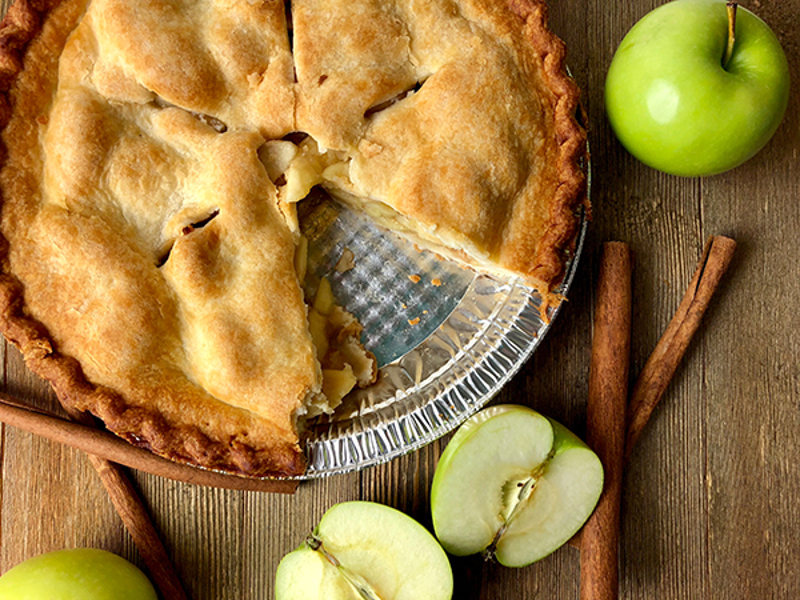
Apple Pie Time!
If you love making apple pies, crumble and strudel (served, naturally, with a large dollop of cream or custard – yum!) then tart green ‘Granny Smith’ is the best variety of apple to use. They’re still tasty after being cooked and when eaten fresh they’re crisp and full of flavour.
Granny Smith apples are late maturing, which means they're fresh and in season in mid to late autumn. They also store well.
Granny Smith apple trees do best in areas with cool winters and grow to around 4m tall. Dwarf varieties, reaching around 2m tall, can be grown very successfully in large pots, making them ideal for a sunny courtyard. For best results, fill pots with a good quality potting mix such as Yates Premium Potting Mix.
Granny Smith will need to be grown near a suitable pollinator, like a 'Gala' or 'Fuji' apple tree, to help achieve the best possible harvest. There are dwarf varieties available of these pollinators as well, so you can have your very own mini apple orchard. Alternatively you can choose a double-grafted Granny Smith, which means Granny is sharing a single set of roots with a different variety of apple - it's a great arrangement, because it means they can pollinate one another.
Apples are usually planted during winter as bare rooted trees - if you see them available during autumn, snap them up as autumn's a great time to plant.
Feed apple trees from spring to autumn with Yates Thrive Natural Fish & Seaweed+ Plant Food, which promotes healthy leaf growth and lots of delicious apples. Another great choice is Yates Dynamic Lifter, which helps improve soil quality and to encourage hardworking earthworms and beneficial soil microorganisms.
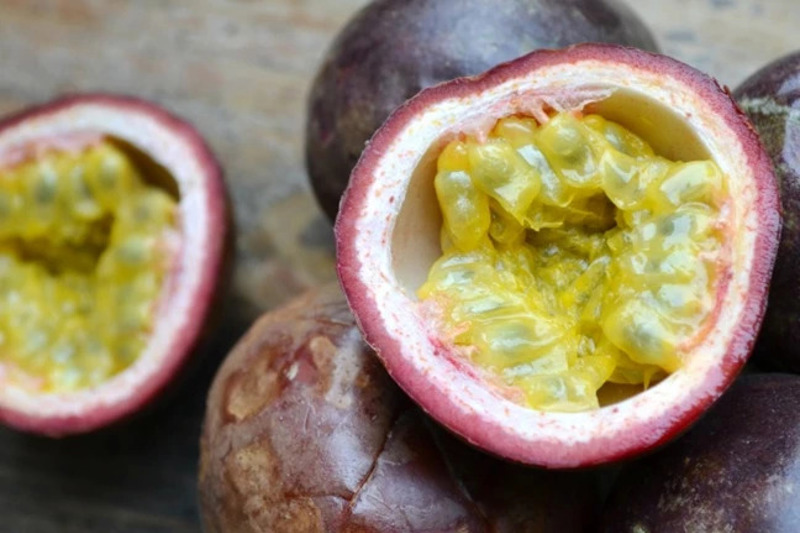
Passionate About Passionfruit?
Peak passionfruit season is mid to late autumn so it’s an ideal time to start thinking of all the delicious ways to use this delectable fruit.
Perhaps...spread over the top of a pavlova or cheesecake? Made into sorbet? Added to a naughty tropical punch? Turned into heavenly passionfruit curd?
Passionfruit can be harvested when the skin turns from green to wrinkly purple, though most fruit will fall from the vine when they’re ripe. Check for fallen fruit underneath vines regularly.
Keep passionfruit vines well-watered while the fruit are maturing, as moisture stress can result in premature fruit drop.
You can start feeding passionfruit vines again in spring, with a potassium rich fertiliser like Yates Thrive Natural Sulfate of Potash with Seaweed, which will help encourage lots of flowers and juicy fruit.
















Share
Share this article on social media